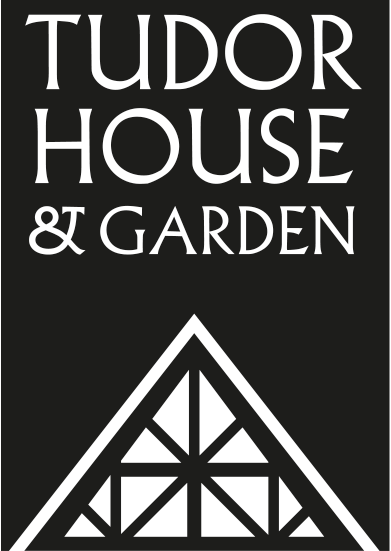Portsmouth and Southampton may have been rivals for a long time, but they have at least one important piece of British history in common – the Mary Rose!
In 1510 in Portsmouth, a team began building the Mary Rose. She was the flagship of Henry VIII’s fleet. He had inherited a small number of ships from his father, Henry VII, and dreamed of England having its own ‘army by sea’. Shortly after coming to power, he commissioned the building of two ships: the Mary Rose and her sister ship, the Peter Pomegranate. The Mary Rose was finished in 1511, and in 1512 she took part in an expedition to raid Brittany. Afterwards, the fleet returned, arriving in Southampton, and was visited by King Henry before sailing to Brest, France. The Mary Rose would have a successful career, spanning 34 years before sinking on 19th July 1545. No one knows exactly why the Mary Rose sank that day, with hundreds of men losing their lives. The recovered part of the ship is now on display in its own purpose-built museum in Portsmouth.
But what’s this got to do with Tudor House? A lot, actually! The man who oversaw the building of the Mary Rose actually lived in Tudor House, and is responsible for the layout of the building we know today.

Sir John Dawtrey owned Tudor House from 1491 to 1518. He came from a wealthy family in Petworth, Sussex, and moved to Southampton to become the Overseer of the Port of Southampton and Collector of the King’s Customs. He was a major landowner and merchant, an MP and Sheriff. He was also responsible for maintaining the town’s defensive wall and ditch. Sir John Dawtrey was a very important – and apparently busy! – man. He received large sums of money from Henry VIII to provide food for the fleet defending England from France. The King also issued him with money for the building of ships, including the Peter Pomegranate and Mary Rose.
Sir John married Jane William, who already owned three houses on the corner of St. Michael’s Square. Given his high status, he wanted a more impressive house. He joined together Jane’s houses to make one larger, more fashionable house – like the building that exists today. After Jane died, Dawtrey inherited the house. He remarried in 1509 and had a son. Henry VIII came to the throne in 1509, and commissioned the construction of the Mary Rose shortly afterwards. Sir John would have seen the Mary Rose launched and take part in several successful campaigns, before he died in 1518.
SOURCES
